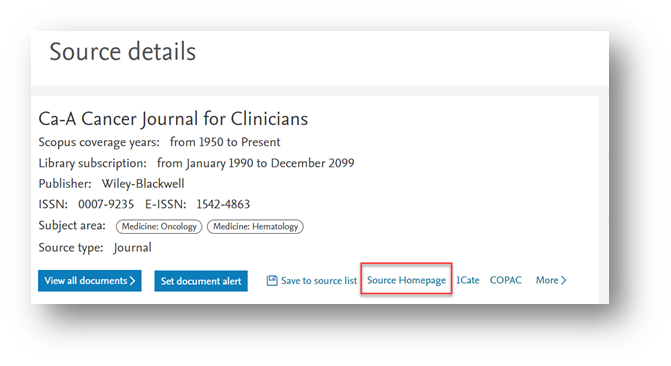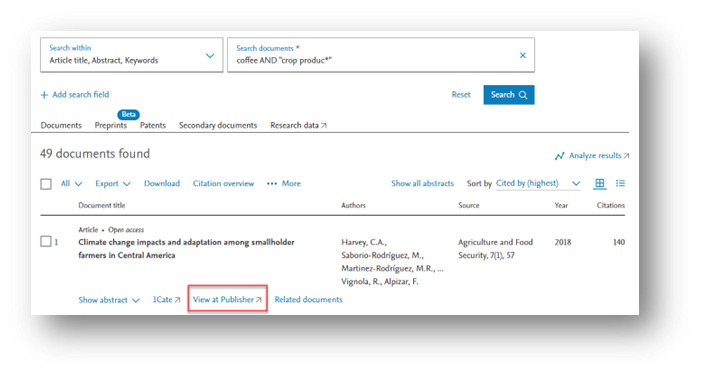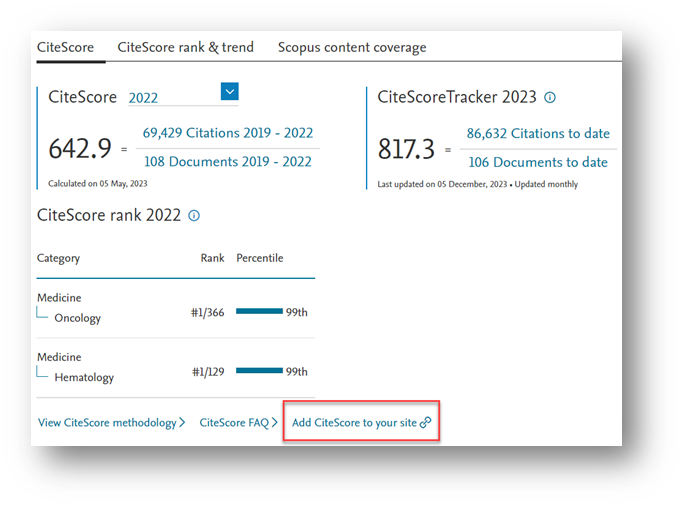Scopus will remove the Source Homepage links from all Source details pages
Maintaining the integrity of Scopus and its high-quality, curated content is of paramount importance to us. As such, we have decided to remove Source Homepage links from all Source details pages in Scopus.
When we provide the link to the Source Homepage, we bear the responsibility and accountability for its accuracy. However, maintaining these links is challenging and the quality of the links may be poor in certain cases. For example, scenarios may arise where the registration of a journal website lapses, or a genuine journal website is transferred to a new URL and the ‘old’ URL is taken over by another party. In a more severe situation, if a journal is hijacked, malicious actors may create a fraudulent duplicate of the journal’s website or mimic the appearance of the original journal to deceive researchers.
Ensuring research integrity is a top priority for us, and we actively collaborate with the research community to incorporate their input and feedback. In light of this, we deemed it necessary to comprehensively reassess our stance on displaying journal homepages. Consequently, we have made the choice to eliminate the Source Homepage links from all Source details pages in Scopus. This decision was made with careful consideration, aiming to uphold the highest standards and ensure that Scopus indexes only the most reliable and trusted content.
We realize that users may need to get to the original journal and get more information about the title, which now may require some additional steps. Since the “View at Publisher” links from Scopus to the full text of the article will still be available, it may be possible for a user to reach the journal homepage via the full text link. Unlike the Source Homepage link, the “View at Publisher” link to the full text is created through the DOI of the article and the destination of that link is managed by the publisher itself. The quality of these links is therefore not a concern.
The option for reciprocal links from the journal website to the Source details page in Scopus through the API or the CiteScore widget will also remain. This is especially useful for journal editors and publishers who may want to display a journal’s CiteScore on the journal’s website.
Scopus remains committed to the continual curation and re-evaluation of titles in the database which ensures that only journals containing high quality and ethical publication standards remain actively indexed.
Additional resources:




